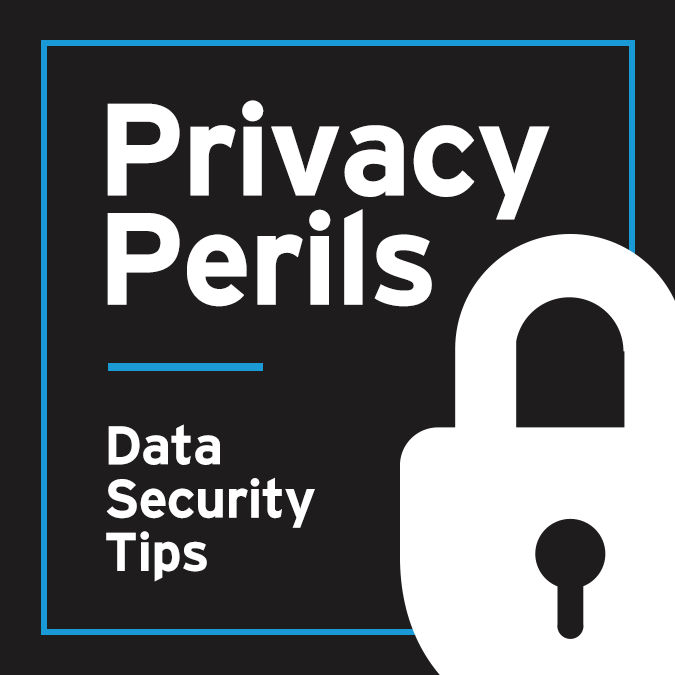The Internet of Things (IoT) is a network of connected devices that are able to collect and share data using embedded sensors. Smart homes are an area where IoT is heavily used. For example, using your cell phone while in another state or country, you can unlock your front door for your pet sitter, adjust your thermostat and turn lights on and off. IoT devices however present security risks. Industry experts suggest that more than 70% of IoT devices are vulnerable to being hacked. Because these devices are convenience focused, often they are not set up to be secure. Moreover, those devices that have security features, typically do not have them configured by default; instead, the user must take steps to enable the protection. For example, researches recently reported that certain IP-based access door controllers and keyless door models were not programmed out of the box to encrypt communications between devices, therefore presenting a security risk. The full article may be found here. With respect to these particular products, the company reports that a user could encrypt communications between the devices but it required the user to configure the devices accordingly. The moral of the story is that as IoT grows (think autonomous cars and health wearables), users need to be aware of whether a connected device has security options and, if so, whether those options apply by default or must be selected by the user.
 Check out our series, Privacy Perils, to learn what steps you can take to guard your personal and company data. For more information about this topic and other cyber security concerns, please contact a member of our Privacy & Data Security team.
Check out our series, Privacy Perils, to learn what steps you can take to guard your personal and company data. For more information about this topic and other cyber security concerns, please contact a member of our Privacy & Data Security team.


